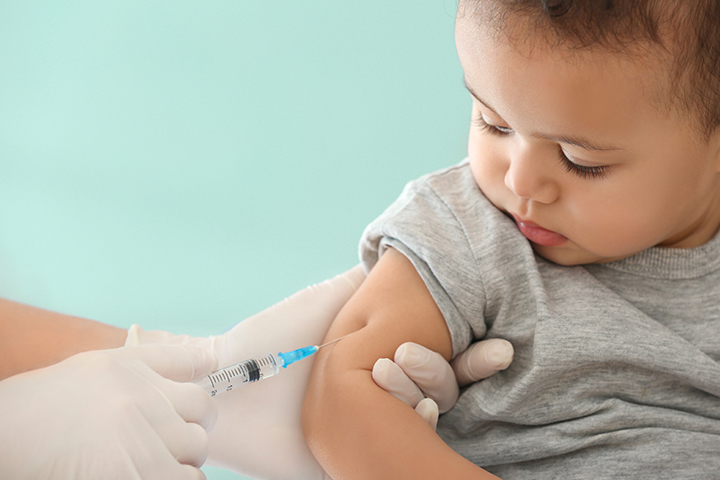India is one of the eight countries that account for over 50% of the global population remaining unvaccinated. A decade of progress in global childhood immunization is unraveling, exposing millions to deadly but preventable diseases such as measles, polio, tuberculosis, and tetanus.
A new global analysis published in The Lancet reveals that efforts to vaccinate children have stagnated since 2010—and declined sharply after the COVID-19 pandemic—leaving millions vulnerable. Particularly alarming is the drop in measles coverage, which has declined in 100 countries between 2010 and 2019, including in wealthier nations that had once eliminated the disease.

“After clean water, vaccination is the most effective intervention for protecting the health of our children,” said Professor Helen Bedford, a children’s health expert at University College London. Though not involved in the research, she emphasized growing concerns about vaccine hesitancy driven by misinformation.
In the UK, declining immunization rates have led to the highest number of measles cases since the 1990s and the deaths of nearly a dozen infants from whooping cough. The U.S. is facing a similar trend, with record-high vaccine exemptions and falling childhood coverage.
A Legacy at Risk
Since its launch in 1974, the World Health Organization’s Expanded Programme on Immunization has been credited with saving an estimated 154 million lives by vaccinating more than 4 billion children worldwide. Global coverage for the DTP vaccine (diphtheria, tetanus, and pertussis) rose from 40% to 81%, while measles immunization jumped from 37% to 83%.
But the pandemic triggered a dangerous setback. In 2023 alone:
-
15.6 million children missed both the DTP and measles vaccines.
-
16 million missed the polio vaccine.
-
9 million missed the TB vaccine.

The worst-affected region is sub-Saharan Africa. Researchers at the University of Washington’s Institute for Health Metrics and Evaluation—who conducted the study with funding from the Bill & Melinda Gates Foundation and Gavi, The Vaccine Alliance—identified eight countries where more than half of the world’s 15.7 million unvaccinated children live: Nigeria, India, Congo, Ethiopia, Somalia, Sudan, Indonesia, and Brazil.
Funding Gaps and Global Risks
In response to the crisis, the UK government pledged £1.25 billion ($1.7 billion) to Gavi for 2026–2030 to help vaccinate up to 500 million children and potentially save 8 million lives. However, this figure falls short of its previous £1.65 billion commitment from 2020–2025.
Can Polio Surge Again? What Are The Way Out & Strategies to Address It?
Adding to the concern, the U.S. withdrawal from the World Health Organization under President Donald Trump and cuts to international health aid (USAID) have raised fears of new epidemics. The WHO has reported an 11-fold increase in measles cases in the Americas in 2025 compared to the previous year. Measles cases also doubled in Europe during 2024 and the disease remains common in Africa and Southeast Asia.
Dr. David Elliman, a pediatrician and former advisor to the British government, stressed, “While vaccine-preventable diseases can occur anywhere, we are all at risk. It’s in everyone’s interest to address this global crisis.”
Health advocates stress that restoring trust in vaccines and ensuring equitable access must become a global priority. The cost of inaction, they warn, will be counted in lives lost—many of them very young.
Source: AP




